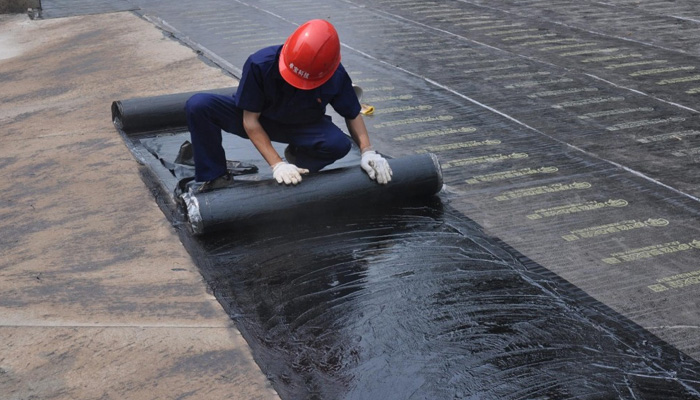Damp is a common occurrence in both new and old buildings. With different causes leading to damp, waterproofing residential homes is best recommended. Whether to treat or to prevent damp from building up over time, discovering where to begin when it comes to waterproofing your property can feel overwhelming.
Vital in the health of your property, the rise of moisture can not just cause damp issues, but structural damage to the foundations of your property.
Here to help, we have put together some top tips for waterproofing residential homes and which methods you too can do without the help of a qualified builder.
Table of Contents
How To Waterproof Residential Homes
When it comes to how can I waterproof my home? There is a selection of different methods, but finding out which method is best for your property can get you on the right path to fix and conquer this damp problem that you are facing.
Waterproofing The Brickwork
With a selection of different methods to waterproofing your home and waterproofing systems available, choosing the right solution for your property’s needs is key. One method to be considered and that is waterproofing brickwork. This method can be applied to both basement extensions, new builds and the maintenance of older buildings.
If you are worried of added moisture getting into the structure of the building through the brickwork, or are wishing to reduce monthly heating bills then waterproofing your brickwork is recommended.
One of the simplest ways to waterproof your brickwork and that is to apply a specialised outdoor paint over the surfaces. A simple task, the completion of waterproofing paint can be applied during the summer months for reassurance during the wetter winter.
Damp Proofing Treatments
Another recommended method for waterproofing residential homes and that is through a damp proofing treatment. This method is recommended particularly for those properties suffering from rising damp.
For those unaware rising damp is a form of dampness that plagues the structure of the property rising up from ground level. Entering the building through cracks or structural weaknesses, this dampness can be witnessed on the floor and on the walls and seen as a tidal damp patch.
The term damp proofing treatments is used for a series of treatments applied to buildings suffering from rising damp.
When it comes to choosing the level of treatment required, this will depend on the seriousness of the damp that is being experienced.
By installing and applying a Damp Proofing Cream, preferably by an experienced builder. This specialist equipment when injected into the property can add as a much needed layer of protection.
If rising damp is a problem in your home, consider opting for a builder who offers a damp proofing treatment with included warranty.
House Maintenance
Another reliable method for waterproofing residential properties and that is to complete regular house maintenance. This maintenance that we are referring to includes the cleaning of gutters and checking the condition of the roof for any wear or damage that could cause damp to penetrate and attack the structure of the property.
Despite what at first may appear to be rather simple, these tasks are vital to the health of your home. With gutters often ignored, by forgetting to clear them out, you could run into major problems in the future.
This is because over time, gutters can get blocked as rain water builds up and leaves and other debris can block the gutter. Over time, this build up of water can damage bricks, before seeping into the structure. It is also recommended that you check your gutters for cracks or overall wear, making sure to replace them before further damage is caused.
Along with the checking of the gutters, checking the overall health of the roof is also recommended.
By checking that all the tiles are in place is a sure way to ensure that your roof is offering the intended protection against potential water damage.
What should you be on alert for when checking the condition of your roof? Be on the lookout for cracks, gaps and missing tiles. With damage more common on flatter roofs that are prone to taking the brunt out of torrential rain water. For home owners unsure when to conduct these house maintenance inspections, we recommended conducting such checks twice a year. Once at the end of the winter, and another at the end of the summer months. This can ensure that your home is in prime condition for the changing of the season.

Conclusion
A common problem, when it comes to conducting the correct treatment for waterproofing residential homes, finding the cause of the damp is recommended as a first step.
With an idea of the culprit behind the damp in the home, only then can you progress forward and complete waterproofing.
Different types of damp have different ways to be treated, each method for waterproofing residential homes has been highlighted here.
Not just to be used for a treatment method, we recommend conducting these treatments as a precaution, minimising the risk of damp occuring in the future.
If all else fails, we recommend calling in qualified builders to diagnose and cure the damp at hand.
Tags: Residential Homes, Waterproofing